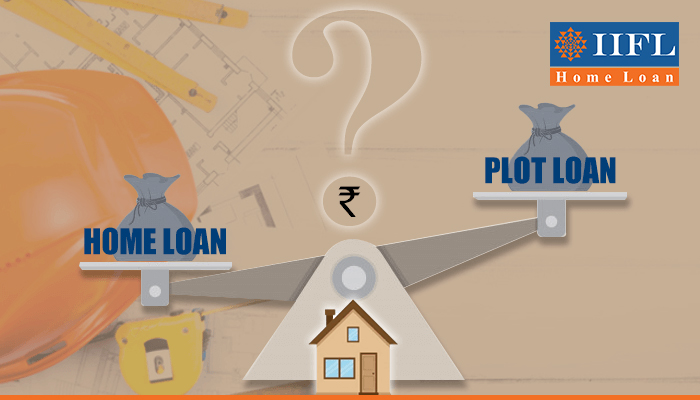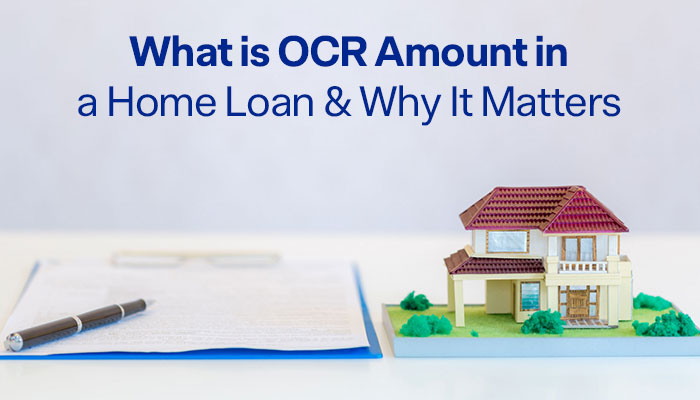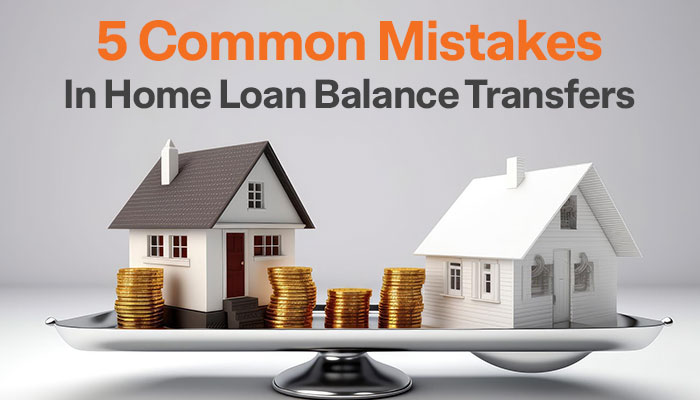What Is The Difference Between A Home Loan And Plot Loan?

Home buyers in India have two kinds of choices when it comes to buying home- Built up/under construction property or residential plot. Where in case of built up property, usage is clear towards residential requirement of the buyer, plot seems more of speculative in nature. Financial institutions offer loans to buy both residential plot or residential property. Though plot loan or home loan may look similar, there are some key differences between the two as mentioned in this post.
Loan Type:
The basic difference between a home loan and plot loan is that plot loan is availed to buy residential land whereas a home loan is taken to buy residential built up/under construction property. The plot which is bought out of a plot loan has no fixed timeline as to its usage as residential house, however usage is defined as residential only. In case of a home loan, applicants can use the loan amount to buy a residential property or for construction of a residential building.
Property Type:
In case of home loans, only property which is defined as residential qualifies for a home loan. These properties can be freehold resale residential properties or builder flats, or government approved housing schemes. A home loan cannot be availed for properties identified as agricultural or industrial. Plot loans also can be availed for residential land only. Location of the plot should be within municipal or city limits and not in a village. Similar to a home loan, a plot loan cannot be availed for buying agricultural or industrial land.
Loan to Value LTV:
Loan to Value LTV is the amount of loan you can get against a property. Since home loan is associated with the purchase of residential collateral, LTV is higher than for plot loan, under affordable housing, LTV can go as high as 90% for loans under 30 lacs, whereas it is restricted to 70% on plot loans.
Tax Benefits:
Applicants can get tax benefits on interest payment and principal amount in case of a home loan availed on fully built up residential property, on the other hand, there are no tax benefits available to plot loan applicants. The only tax deduction available in case of a plot is for the loan amount taken against the construction on it.
Tenure:
Loan tenure and EMI play a significant role in any loan application. A home loan has a higher tenure as compared to plot loan. The tenure for a home loan can up to 30 years in some cases while for a plot loan the maximum tenure could be up to 15 years, although these vary between various banks/financial institutions.
Both home loan and plot loan have their merits but the best approach would be to choose one after analyzing your needs and repayment capabilities.
Writer:
Himanshu Arora currently serves as Business Head Construction Finance, IIFL Home Finance Ltd. He holds over 18 years of experience with home loan stints at ICICI bank, Indiabulls Housing Finance and IIFL HFL. Besides construction finance, he manages different functions at IIFL HFL which include alternate channel for home loans and customer service.
Tags
Disclaimer: The information contained in this post is for general information purposes only. IIFL Home Finance Limited (including its associates and affiliates) ("the Company") assumes no liability or responsibility for any errors or omissions in the contents of this post and under no circumstances shall the Company be liable for any damage, loss, injury or disappointment, etc. suffered by any reader. All information in this post is provided "as is", with no guarantee of completeness, accuracy, timeliness, or of the results, etc. obtained from the use of this information, and without warranty of any kind, express or implied, including, but not limited to warranties of performance, merchantability, and fitness for a particular purpose. Given the changing nature of laws, rules, and regulations, there may be delays, omissions, or inaccuracies in the information contained in this post. The information on this post is provided with the understanding that the Company is not herein engaged in rendering legal, accounting, tax, or other professional advice and services. As such, it should not be used as a substitute for consultation with professional accounting, tax, legal or other competent advisers. This post may contain views and opinions which are those of the authors and do not necessarily reflect the official policy or position of any other agency or organization. This post may also contain links to external websites that are not provided or maintained by or in any way affiliated with the Company and the Company does not guarantee the accuracy, relevance, timeliness, or completeness of any information on these external websites. Any/ all (Home/ Loan Against Property/ Secured Business Loan/ Balance Transfer/ Home Improvement Loan/ NRI Home Loan/ Home Loan for Uniformed Services) loan product specifications and information that may be stated in this post are subject to change from time to time, readers are advised to reach out to the Company for current specifications of the said (Home/ Loan Against Property/ Secured Business Loan/ Balance Transfer/ Home Improvement Loan/ NRI Home Loan/ Home Loan for Uniformed Services) loan.
 Login
Login






















